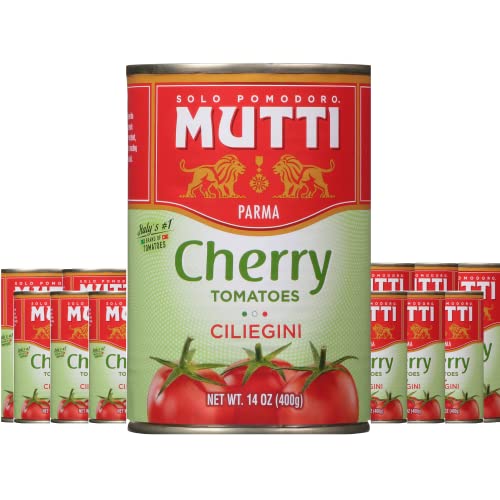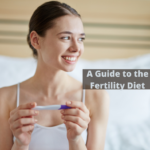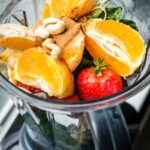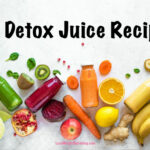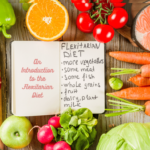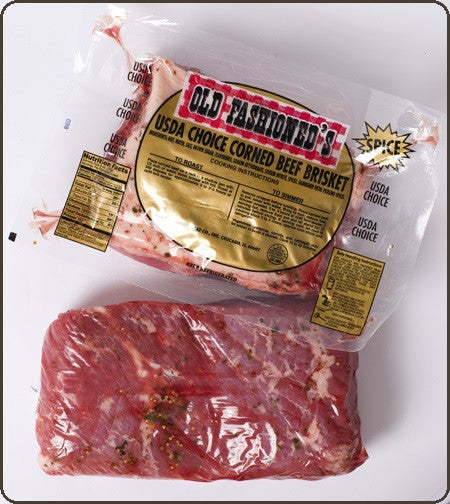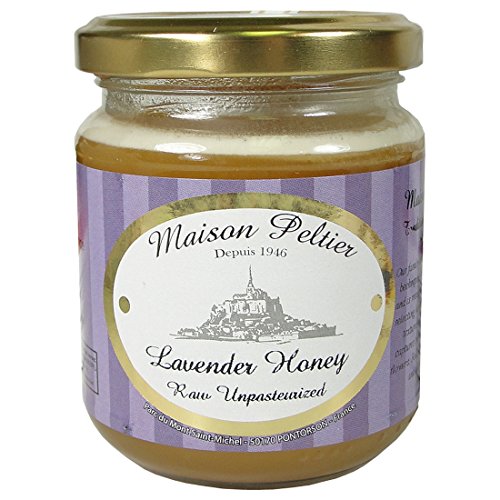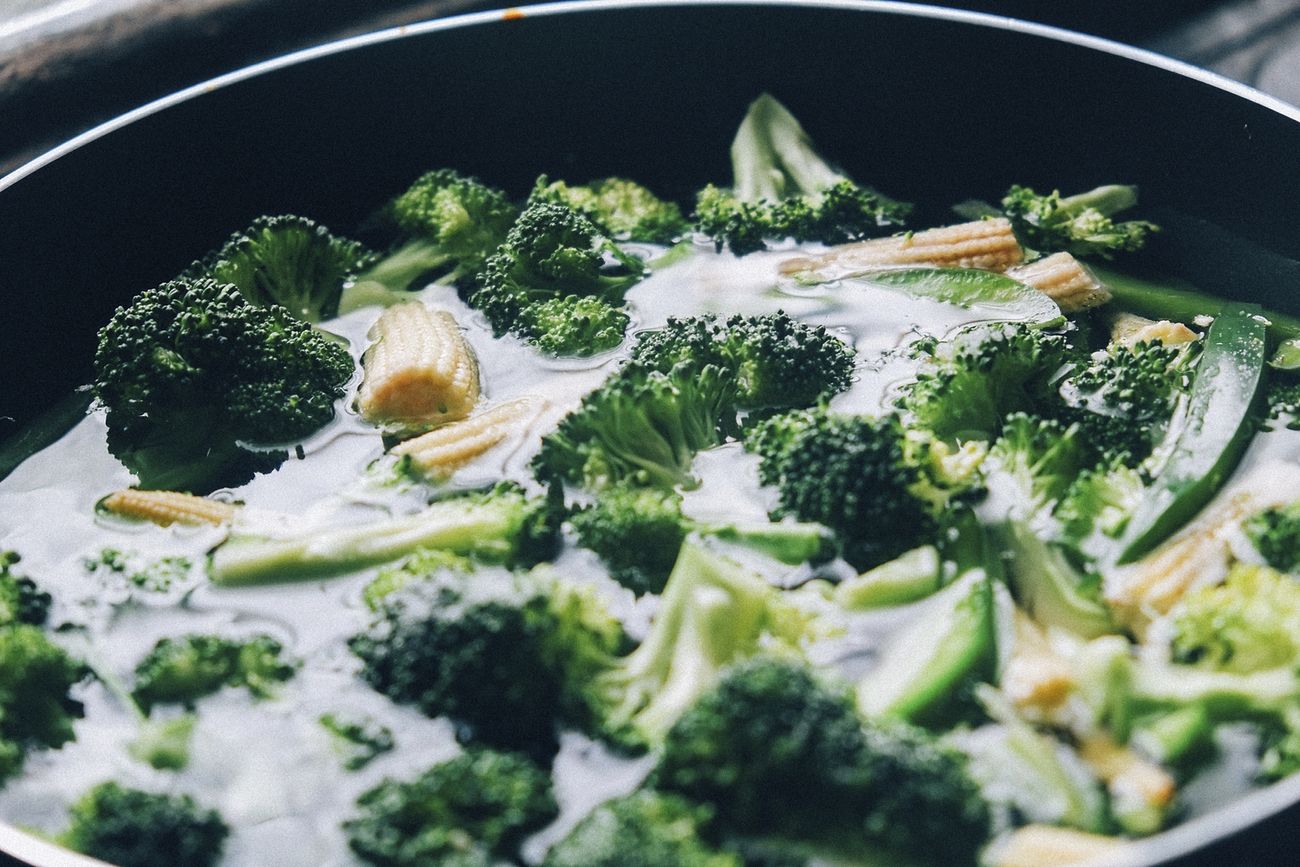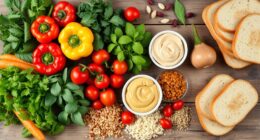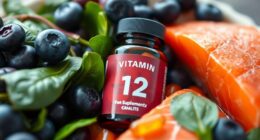The raw food diet focuses on eating raw and unprocessed fruits, vegetables, and nuts. It is thought to improve health by reducing toxins and increasing energy and vitality.
Although this diet is popular, it may not be suitable for everyone and could lead to nutritional deficiencies. You may not get enough protein, iron, calcium, vitamin B12 or other essential nutrients from this eating plan.
Fruits and Vegetables
Fruits and vegetables are the foundation of a raw food diet, providing essential vitamins, minerals, fiber, and disease-fighting phytochemicals. While they can provide calories and healthy fats in moderation, fruits and veggies should not be the sole focus of your nutrition during this phase.
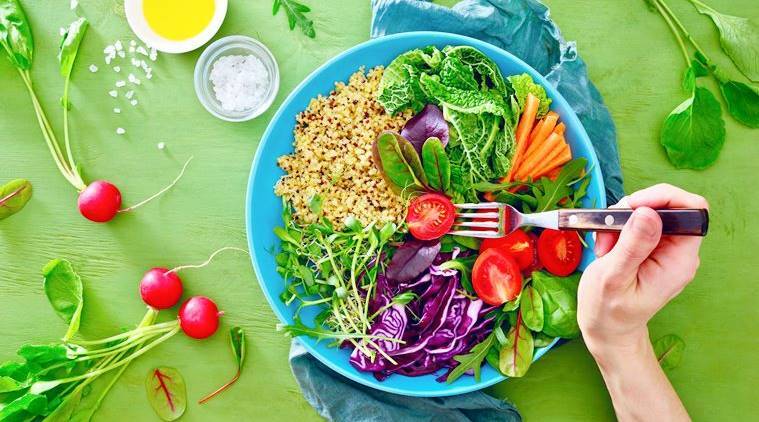
Fruits and vegetables differ in that fruit refers to an edible portion of a plant that develops from a flower and contains seeds, while vegetables refer to any part of a plant without seeds. Examples of fruits include berries, citrus, grapes, melons, olives and peaches while vegetable examples include cabbage cauliflower broccoli onions peas peppers mushrooms etc..
Vegetables can also be classified based on their taste, and this varies greatly from vegetable to vegetable. Some are sweet, others savory, while some are highly bitter.
Many vegetables, such as broccoli, Brussels sprouts and tomatoes have been bred for milder flavor by picking them early and letting them go through the same ripening process that fruit does. This allows them to be harvested at their peak nutritional value and health benefits.
Though many prefer the sweeter, tarter flavors of fresh fruits, there is no shortage of tasty vegetables that make great additions to a raw food diet. They can be used as garnishes, side dishes or even the base for an entire main dish!
Potatoes, cabbage, broccoli, carrots, spinach, bell peppers and kale are some of the most commonly eaten vegetables according to USDA data. Not only are these low in calories and fat but they also provide plenty of fiber which helps you feel satiated – according to these experts.
Vegetables, like broccoli and cauliflower, are low in sugar but packed with essential nutrients like vitamins, calcium, and iron. Eating a variety of veggies daily will ensure that your daily vitamin and mineral needs are met – the USDA says.
If you are trying to increase your fruit intake, try raw apples, apricots or pears instead of canned or dried options. You could also add freshly sliced fruit into smoothies or juices as an added bonus.
Nuts and Seeds
Nuts and seeds are two of the most essential foods in a raw food diet, as they provide essential nutrients like fats, fiber, protein, vitamins, and minerals. Furthermore, nuts and seeds contain phytochemicals which may reduce the risk of heart disease and other health issues.
Though it can be tempting to eat too many nuts and seeds, eating them in moderation is the healthiest way to reap their nutritional benefits. Aim for approximately 1.5 ounces of nuts and seeds per day, but do not overindulge.
When shopping for nuts and seeds, it is essential to exercise caution. If you are trying to make healthier decisions, opt for organic options that are non-GMO. Furthermore, steer clear of processed, roasted and salted products since they do not provide as many nutritional benefits as unprocessed alternatives.
Most nuts and seeds have similar nutrient profiles, though the amounts may differ slightly. For instance, walnuts provide folate, vitamin E and alpha-linoleic acid (ALA, an omega-3 fatty acid). Almonds also supply these vital vitamins as well as calcium, potassium magnesium and zinc.
Additionally, nuts and seeds contain essential oils which can help ward off colds, coughs, fevers, and allergies. Furthermore, these oils lubricate the digestive tract while controlling body temperature.
When eating nuts and seeds, be sure to read the ingredients labels carefully to make sure you aren’t allergic. Common allergens include peanuts, hazelnuts and almonds; if any of these apply to you, it’s best to steer clear or limit consumption accordingly.
When purchasing food products, it’s essential to buy an authentic brand. Look for one certified organic, non-GMO and gluten-free.
Nuts and seeds are an excellent source of dietary fiber, essential for proper digestion. Furthermore, they supply protein which aids in muscle building as well as strengthening bones.
Healthy Fats
A raw food diet can provide your body with essential nutrients, including healthy fats. Unfortunately, too much fat may lead to weight gain and heart disease so it’s essential that you get the correct kind of healthy fats in your meals.
Fruits, vegetables and nuts are all excellent sources of healthy fats. Vegetables provide essential vitamins and minerals while nuts provide omega-3 fatty acids.
Additionally, fermented foods like sauerkraut can be included in a raw food diet as an excellent source of probiotics.
These foods are high in fiber, which helps you feel full and regulate your appetite.
Protein is essential when following a raw food diet, particularly when trying to shed pounds. A protein-rich meal will help you feel full longer and maintain high energy levels throughout the day.
However, it is still essential to limit your intake of saturated and trans fats on a raw food diet, as these unhealthy fats have been known to raise the risk of heart disease and other illnesses. The best way to combat this is through eating plenty of fruits, vegetables and whole grains in your meals.
Another option is to add extra nuts and seeds, which contain healthy fats, to your daily meals. Nuts and seeds also provide soluble fiber which may help you feel full for longer.
A raw food diet can help you control your weight and cholesterol levels, as well as strengthen the immune system. It may even be beneficial for those living with diabetes since its weight loss and reduced blood sugar levels could reduce their risk of developing type 2 diabetes.
Raw foods are an easy way to boost your nutrition and weight loss efforts, but it’s essential that you use wise cooking methods. For instance, when adding meats or fish into your raw food diet, grill, broil or roast instead of frying; this allows the fat to drip away during preparation and reduce calories intake.
Bones
Raw food diets are nutritional plans that emphasize whole foods rather than processed or refined ingredients. It’s an effective way to ensure your pup gets all of their needed essential vitamins, minerals, and amino acids.
Bones are an integral component of a raw food diet, providing your pup with essential nutrition. The right type of bone can aid in their growth and development, while providing them with energy to burn.
Compact bone is the most crucial type of bone, as it provides support to your body and protects other bones. Conversely, spongy bone consists of a mesh-like network composed of small pieces of bone.
Inside our bones is bone marrow, where most of our blood cells are created. This tissue stores and releases essential nutrients like vitamins, minerals, and fats when your body requires them.
Cells in the bone break down here, allowing them to be rebuilt back into their proper shapes. The resorbed material is then used for creating new bone.
Bone is composed of three kinds of cell tissue: collagen (a type of protein); calcium phosphate (a mineral compound); and hydroxyapatite, an inorganic substance mostly composed of Calcium and Phosphorus.
Collagen is an essential element in bones, acting as an adhesive between cells and tissue. Furthermore, collagen has impressive durability and toughness – perfect for strengthening bones!
Another critical part of bones is called the periosteum, a layer of tough, hard tissue surrounding them. This tissue serves to protect bones from injury or disease while also storing essential nutrients when not in use.
Raw food diets often feature chicken bones (backs, necks and wings), lamb or beef bones and venison bones. When creating your own homemade raw food diet, opt for softer bones with more hollow interiors as these are easier to grind up.
Aurelia is the Editor-in-Chief of The Graceful Kitchen, a vegan lifestyle blog that focuses on delicious, nutritious, and ethical eating. A lifelong vegan, Aurelia is passionate about sharing her love of plant-based cuisine with others. She is a regular contributor to several online and print publications, and has been interviewed by major news outlets about the benefits of a vegan diet. In her free time, Aurelia enjoys cooking, hiking, and spending time with her cats.

